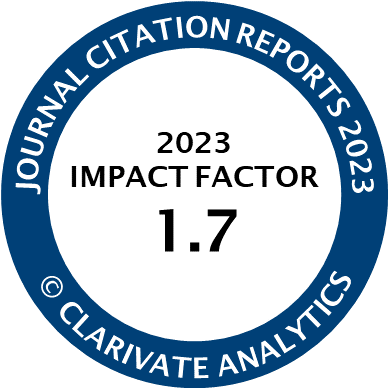Article | Open Access
Rethinking Urban Form: Switzerland as a “Horizontal Metropolis”
| Views: | 5028 | | | Downloads: | 4190 |
Abstract: In light of the rapid population growth forecast for the coming years and the powerful transformations already occurring throughout its whole territory, today’s Switzerland stands in urgent need of critical reflection on its urban future. A novel set of concepts and actions is needed in order to produce new visions and operational tools capable of critically reconsidering mainstream debates about Switzerland’s future urban growth. On the one hand, national policies and narratives tend de facto towards lending increasing support to a dynamic of “metropolization,” which usually leads to stronger territorial hierarchization strategies and processes aiming at a spatial condensation of urban services and functions in specific, selected locations. On the other hand, however, the Swiss territory—with its deep rootedness in federalism and its unique aggregative structure—still embodies key features of what, at different times, has been named a single “Grande Ville,” a “dezentralisierte Großstadt,” a “Ville-Territoire” or, more recently, “Stadtland Schweiz.” The country as a whole is still characterized by extended and layered conditions of inhabitability, where the dispersion of the urban fabric, enmeshed within the agricultural and forested landscape, is articulated through horizontal rather that vertical relationships. This paper offers a novel reflection on how the ongoing metropolization process could be seen as a positive force if a markedly different idea of metropolitan space is introduced—the “Horizontal Metropolis.” Its key idea is to distribute and enlarge the benefits which metropolization, if conducted in line with the tradition of decentralization and horizontality, could bring to the Swiss territory and its population. The “Horizontal Metropolis” concept recovers and leverages the various forms of inhabitability and their relation with the infrastructural support. It considers the long-term construction of the Swiss “City-Territory” as a renewable resource, which means reflecting on new life cycles, capitalizing on the urban and territorial embodied energy, and therefore rethinking, without denying it, Switzerland’s extensive and diffused fixed capital. This could be a precious resource to accommodate future urban growth and reorient the form it takes, keeping at bay indiscriminate sprawl as well as its currently predominant ideological counterpart, indiscriminate densification and polarization.
Keywords: city-territory; diffused urbanization; growth; Horizontal Metropolis; recycling; Switzerland
Published:
© Paola Viganò, Christian Arnsperger, Martina Barcelloni Corte, Elena Cogato-Lanza, Chiara Cavalieri. This is an open access article distributed under the terms of the Creative Commons Attribution 4.0 license (http://creativecommons.org/licenses/by/4.0), which permits any use, distribution, and reproduction of the work without further permission provided the original author(s) and source are credited.




